The American Heart Association reports that one in three people suffer from hypertension in the United States. The symptoms of high blood pressure are not evident, and by the time symptoms develop, it has often become a life-threatening condition.
Along with dietary and lifestyle changes, you might decide to try herbs to help reduce your blood pressure. Some herbs may cause side effects, so you can consult your health practitioner or a “Naturopath” practitioner, before using herbs to treat this serious condition.
The Problem With Conventional Hypertension Therapy
Conventional anti-hypertensives are usually associated with many side effects.
A side-effect is any unwanted effect of medicines that you are taking. Some people can have side-effects from blood pressure medicines. Although these can be uncomfortable, they are usually not dangerous. But for other people they claim that the side effects of the medication is worse than having high blood pressure.
Herbs do not cause side effects like weakness, tiredness, drowsiness, impotence, cold hands and feet, depression, insomnia, abnormal heartbeat, skin rash, dry mouth, dry cough, stuffy nose, headache, dizziness, swelling around eyes, constipation or diarrhea, fever or anemia alone and associated with pressure medicines.
Advertisement
Watch how Julie Lowered her Blood Pressure Naturally. It was 170/110, this morning it was 120/80
Learn More…
The Role of Herbal Medications:
About 75 to 80% of the world population use herbal medicines, mainly in developing countries, for primary health care because of their better acceptability with human body and lesser side effects.
In the last three decades, a lot of concerted efforts have been channeled into researching the local plants with hypotensive and anti-hypertensive therapeutic values. The hypotensive and anti-hypertensive effects of some of these medicinal plants have been validated and others disproved.
18 Herbs to Lower Blood Pressure
1. Indian Snakeroot
This herb has been used for years traditionally to treat many problems related to the heart. Indian snakeroot (Rauwolfia serpentine) does improve cardiovascular health by lowering blood pressure.
This herb has high levels of alkaloid reserpine, a powerful compound that regulates heart function in the body. This is extremely helpful when heart issues or blood pressure is due to stress or high levels of anxiety.
2. Garlic
Garlic is a very powerful herb that is well-known to be highly effective for a number of physical ailments. In fact, many of the benefits of garlic are still being discovered. Recent research done at the University of Berlin found that garlic can remove nanoplaque.
Nanoplaque is a compound that gets deposited on the walls of cells, which leads to clogged arteries and atherosclerosis. Garlic is known to stop blood clots, lower overall cholesterol levels, which will stop high blood pressure.
Advertisement
Watch How Mark Lowered His Blood Pressure Naturally. It was 150/100, this morning it was 110/79
Watch Video
3. Ginkgo Biloba
Ginkgo biloba can thin the blood while dilating your blood vessels, which allow the blood to circulate more easily, according to the University of Maryland Medical Center.
This popular herb is also high in important antioxidants, terpenoids, and flavonoids, which are known to lower blood pressure, which improves the health of your heart.
4. Hawthorn
Hawthorn supports the overall health of your cardiovascular system by strengthening the walls of the heart. It’s also a terrific tonic for those with heart issues. Hawthorn can also reduce blood pressure when taken as directed. Always consult your doctor before you start any herbal treatment.
5. Cinnamon
This is a tasty way to bring down your blood pressure. It’s easy to consume this tasty herb in your daily diet. Studies show that consuming cinnamon every day lowers blood pressure in those with diabetes. Try adding a dash to your coffee in the morning for a unique taste. Read more about the health benefits of cinnamon.
6. Basil
This is another delicious way to lower your blood pressure. Basil works well in so many foods! Basil extract has been shown in studies to lower blood pressure (but only for a short while). Add more fresh basil to your diet, it certainly won’t hurt anything! You can probably grow basil right in your kitchen window.
7. Cat’s Claw
Traditional Chinese medicine has used cat’s claw to treat high blood pressure as well as neurological problems. Studies show that it can help reduce your blood pressure by acting on the calcium channels inside cells. You can buy cat’s claw in many different forms at any health food store or online.
8. French Lavender
Not only does this plant smell heavenly, but it’s also long been used to induce relaxation. This herb can lower your blood pressure by making you more calm and relaxed. Although many people don’t think of lavender as something you can eat, the fact is, you can! Use the flowers in baked goods. The leaves can be used anyplace you use rosemary.
9. Celery Seed
Celery seed is a terrific herb that can be used to add flavor to soups, casseroles, egg dishes, and stews. China has used celery seed for hundreds of years to treat high blood pressure, but you can actually juice the entire plant, leaves and all, and get the same effects.
Celery is a known diuretic, which might be why it lowers blood pressure so effectively. A word of caution. I used this one and it works great, but I did grow tired of excessive trips to the bathroom.
10. Cardamom
Cardamom spice comes to use from India and is used quite often in the South Asian foods. One study found that subjects that ate powdered cardamom every day for several months had a significant reduction in their blood pressure.
11. Black Cummin Seeds
Black Cumin seeds, also known as Nigella sativa seeds, have been traditionally used as a spice but also revered for their medicinal properties. Studies suggest that daily use of black cumin seed extract for 2 months may have a blood pressure-lowering effect in patients with mild hypertension (HT).
It also helps reduce LDL cholesterol levels, which is further beneficial for cardiac health. Similar results were seen when 70 healthy volunteers aged 34 to 63 years were given Nigella sativa oil for 8 weeks in a clinical trial. Take 100 and 200 mg of Nigella sativa seed extract twice a day, or 2.5 mL Nigella sativa oil twice every day.
12. Flax Seed
Rich in omega-3 fatty acids and Alpha-linolenic acid (ALA), which is the natural precursor of the cardio-protective long-chain n-3 fatty acids, flaxseeds protect heart health by reducing serum cholesterol, stabilizing blood pressure, and improving glucose tolerance. It’s also a potent antioxidant and so easy to add to any dish.
According to research published in the European Journal of Clinical Nutrition, dietary supplementation with flaxseed oil (8d/day) lowers blood pressure. Another study found that there’s a significant reduction in both Systolic BP and Diastolic BP following supplementation with various flaxseed products.
Since whole flaxseed can pass virtually undigested through the human body, its best to grind flaxseed to enjoy their nutritional benefits. This makes it very easy to stir a spoonful or two into any cooked dish, beverage, smoothies or even salads. Add 30 grams of milled flaxseed to your diet every day.
13. Buchu
Buchu is primarily used in western herbal medicine for urinary or bladder infections, infections anywhere in the genito-urinary system and as a warming and stimulating tonic to the kidneys and for kidney disorders.
It soothes the burning and irritation from conditions such as cystitis, urethritis, and prostatitis. It can also be used in formulas to help with the prevention or treatment of bladder stones, bladder weakness, kidney stones, bedwetting, urinary incontinence, blood in the urine and nephritis.
Its leaves are rich in essential oils such as diosphenol which acts as a stimulation to the production of urine. This means it can be used to eliminate water retention, help to lower high blood pressure and assist with shedding excess weight.
14. Guelder Rose Bark
Also known as “Cramp Bark”. Viburnum opulus otherwise known as Guelder Rose bark is also one of the herbs for high blood pressure. It is a highly effective heart tonic and relaxes the muscles and the arteries and veins.
Guelder Rose bark is known to calm the cardiovascular system and to relieve nervous tension which is sometimes related to high blood pressure. It is a highly valued tree for the medicinal remedies and purposes it can give.
Advertisement
Watch how Julie Lowered her Blood Pressure Naturally. It was 170/110, this morning it was 120/80
Learn More…
15. Annona Muricata:
Is also known by its Spanish name Guanabana or also called soursop. The long, prickly fruit comes from the graviola tree, an evergreen native to Mexico, the Caribbean, and Central and South America. It’s also known as custard apple, guanabana and Brazilian paw paw.
Practitioners of herbal medicine use soursop fruit and graviola tree leaves to treat stomach ailments, fever, parasitic infections, hypertension and rheumatism. It’s used as a sedative, as well. In treating hypertension it helps block the angiotensin 1 enzyme which is also what an ACE inhibitor is used in the treatment of hypertension.
16. Blond Psyllium:
Indian plantago has a number of unique properties that makes it suitable to be widely used in traditional medicine around the world.
This perennial herb has been used as a traditional medicinal plant for centuries to treat several illnesses including colds, hepatitis, skin diseases, infectious diseases, problems related to the digestive organs, respiratory organs, reproduction, circulation, and it is used to reduce fever.
Several biological activities have been attributed to plantago leaves including anti-inflammatory, antiviral, analgesic, antioxidant, anti-cancer, anti-tumor, anti-fever, immune modulator, and anti-hypertensive effects and it has also been used to neutralize internal and external toxins.
17. Commelina Virginica:
Virginia dayflower is a perennial herbaceous plant in the dayflower family. It is native to the mideastern and southeastern United States, where there are wet soils. Whole plant extract has been reported to decrease the tension of phenylephrine-stimulated isolated guinea pig aorta rings by 15% to 35%.
18. Lumnitzera Racemosa:
Black Mangrove is a small tree found on the coast of India and on the Andaman and Nicobar Island. According to local traditional medicine, the fruits of this plant are curative in skin disorders and useful for treating snake and insect bites.
Antihypertensive action has been studied for the aqueous acetone extract of the plant. The antihypertensive activity of eleven hydrolysable tannins contained in the leaves of L. racemosa has been investigated. From the screening in spontaneously hypertensive rats, corilagin, castalagin, and chebulinic acid were identified as the major active substances.
Concluding Thoughts
Personally, I use three of these natural remedies but I only use 1 consistently every morning. The one I use every morning is Divya Mukta Vati. Every morning I take 2 tablets with a glass of water. Now mind you I am on the lowest dose of hypertensive medication prescribed by my doctor. I think it makes him feel better.
Along with using RESPeRATE and diet my blood pressure the other morning was 110/62. That is the best I have registered ever since keeping records.
Advertisement
Watch How Mark Lowered His Blood Pressure Naturally. It was 150/100, this morning it was 110/79
Watch Video
The recommended daily dosage for these herbs usually will be found in the packaging of the individual herbs themselves, or can easily be found on-line
The appropriate dose of herbs depends on several factors such as the user’s age, health, and several other conditions.
Individuals using herbs as a natural herb to lower blood pressure as remedy should also check for interactions with current medications they are taking.
I believe strongly in alternative forms of medicine. They truly work for many people. At the same time there is also a lot of quackery out there, so please get knowledgeable about what you want to do and see someone who specializes in this area. You would not want a plumber performing open heart surgery on you. So be smart, read, research and then decide.
A word of caution
You must not rely solely on the information on our website as an alternative to medical advice from your doctor or other professional healthcare providers.
If you have any specific questions about any medical matter, you should consult your doctor or other professional healthcare providers.
If you think you may be suffering from any medical condition, you should seek immediate medical attention.
You should never delay seeking medical advice, disregard medical advice or discontinue medical treatment because of information on our website.

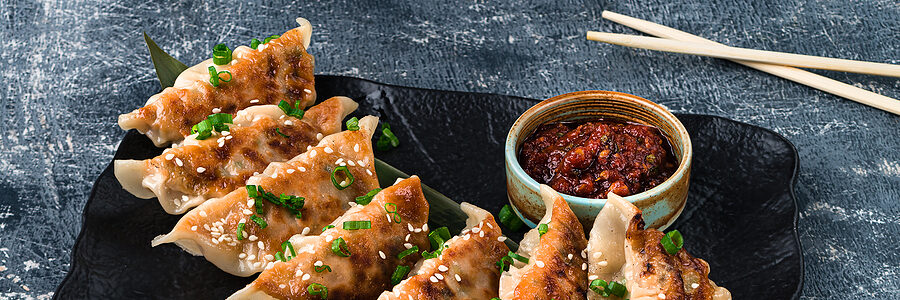
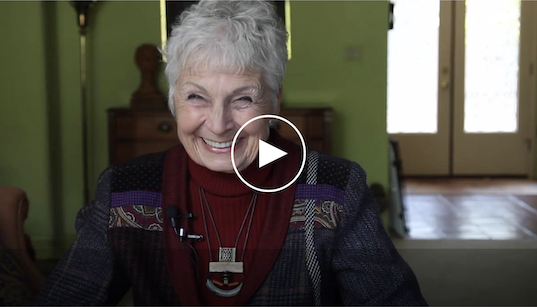


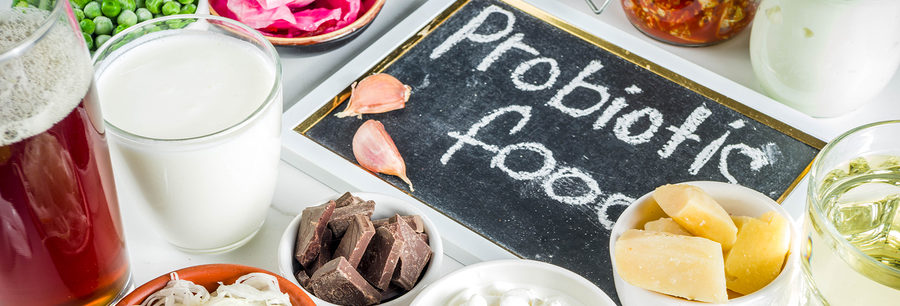
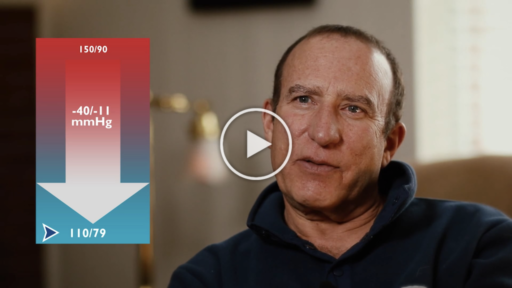
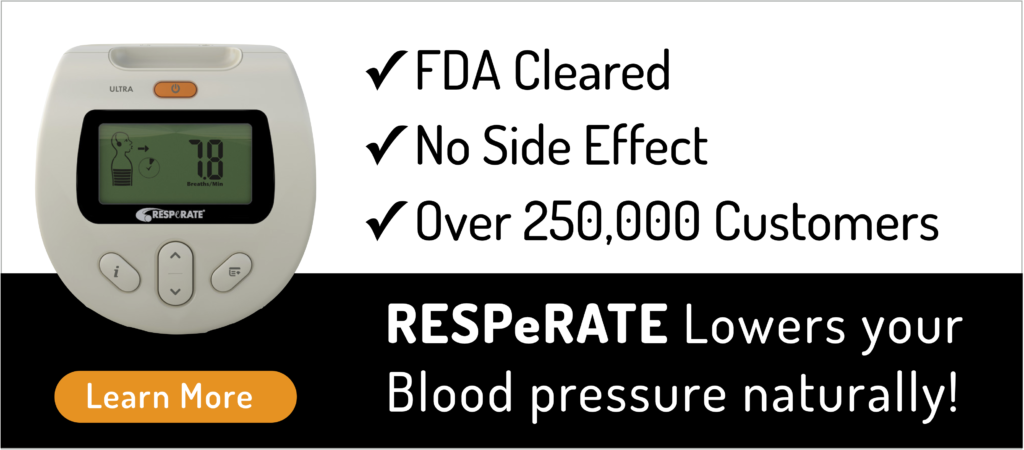




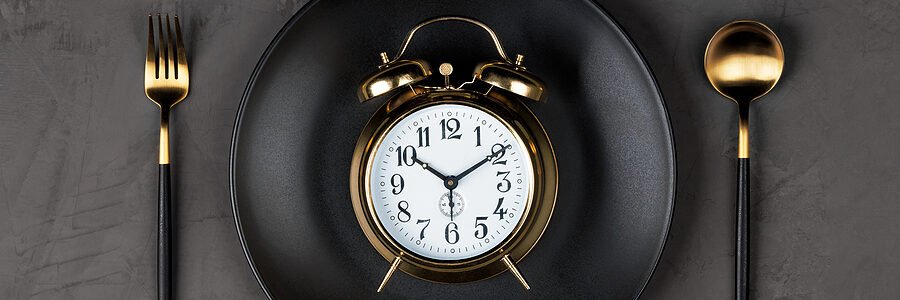


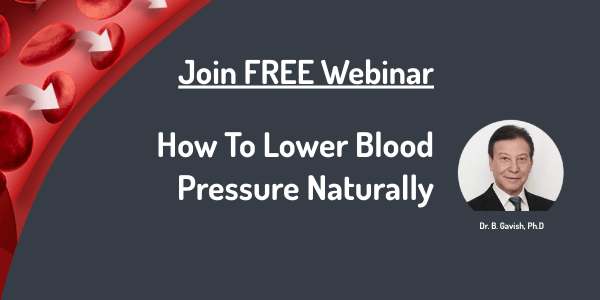


 Download Brochure
Download Brochure